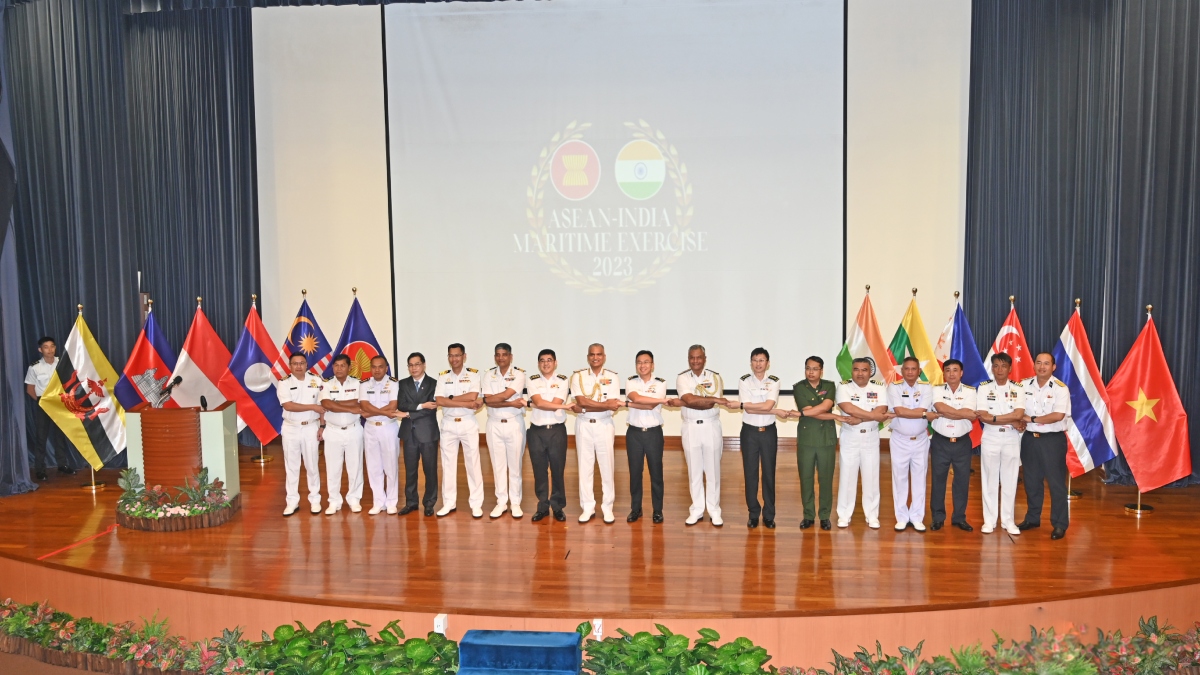OPINION | India’s FTAs: A journey of economic and strategic recalibration
 Representational image | PIB
Representational image | PIB
The importance of free trade agreements (FTA) extends far beyond tariff reductions or market access. It represents a strategic alignment that balances the evolving geopolitical landscape with mutual economic ambitions.
Yet, for all its path-breaking free trade agreements (FTA) in the past couple of years — the one with the UK last month being the latest, India has, historically, not had a positive experience with FTAs.
Under the Look East Policy, India prioritised closer integration with Southeast Asia, signing a series of deals like the India–Sri Lanka Free Trade Agreement (ISFTA) in 2000, the South Asian Free Trade Area (SAFTA) in 2006, and the India–ASEAN FTA in 2009.
SAFTA had limited success because of a long history of political tensions and lack of mutual consensus among member countries. ISFTA provided mixed results while the ASEAN FTA witnessed widening trade deficits with several FTA partners. While imports surged, access for Indian exports remained limited, particularly in sectors such as agriculture and services.
This had led to the strategy becoming more calculated and cautious. In fact, the new road to multiple bilateral treaties (those with the US and EU being negotiated right now) started ironically with a painful decision to opt out of such a crucial pact. In 2019, India decided not to join the Regional Comprehensive Economic Partnership (RCEP), a 15-nation trade bloc led by China that includes the ASEAN nations, Japan, South Korea, Australia, and New Zealand.
The Indian government cited concerns about trade imbalances, particularly with China and threats to domestic sectors like agriculture, dairy and steel. Inadequate provisions for service trade, particularly the movement of Indian professionals abroad was another area of concern. The RCEP exit marked a turning point, signalling India's desire to rethink trade engagement through the lens of strategic autonomy and domestic resilience.
In the following years, rather than abandoning FTAs, India recalibrated its approach by focusing on high-value, bilateral agreements with key economic partners. In 2022, India signed its first two major FTAs in over a decade—one with the United Arab Emirates (UAE) and the other with Australia. The India–UAE Comprehensive Economic Partnership Agreement (CEPA) aims to boost bilateral trade and investment by eliminating or reducing tariffs on thousands of goods, facilitating easier exchange of services, and enhancing cooperation across various sectors.
Meanwhile, the India–Australia Economic Cooperation and Trade Agreement (ECTA) has already improved market access for Indian exports such as textiles, pharmaceuticals, and gems. It is regarded as a stepping stone toward a broader comprehensive trade pact. As a result of the agreement, 96% of Indian exports to Australia are now tariff-free, with this figure set to rise to 100% by January 1, 2026.
The India-UK FTA is the latest addition. The agreement carries deep symbolic and strategic weight. By forging stronger economic ties, the deal lays the groundwork for broader collaboration positioning the UK to engage more deeply with the Global South and enabling India to expand its influence on the global stage.
Spanning 26 chapters, the deal encompasses trade in goods, services, investments, and intellectual property rights. Indian exporters will benefit from tariff reductions on 99% of goods, including key sectors like textiles, pharmaceuticals, agriculture, leather, and toys. With India’s textile and apparel industry alone valued at $170 billion, the reduction of previous 10-12% import duties by the UK is expected to significantly boost competitiveness.
The FTA also opens doors for India’s service sectors—particularly IT, finance, education, and healthcare. Indian professionals will be exempt from UK social security contributions for the first three years, facilitating smoother mobility, knowledge transfer, and skill development.
In recent years, India’s strategy has focused on balancing ambition with pragmatism. While trade liberalisation remains a key objective, recent agreements include provisions that safeguard against import surges and the misuse of preferential trade routes.
But there are challenges galore. Despite the forward movement, it continues to face a trade deficit with several FTA partners. Small and medium enterprises have not been able to take full advantage of the existing agreements due to many reasons including lack of awareness. The agricultural sector, too, has expressed concern about possible adverse impacts of FTAs with developed nations where producers benefit from heavy subsidies.
Ultimately the FTA is a balancing act between openness and protection, ambition and realism, and global engagement and national interest. As the world reconfigures supply chains and trade alliances, India's calibrated approach may well provide the resilience and flexibility needed to thrive in a new economic order.
(Sangita Dutta Gupta works as professor at the BML Munjal University in Gurugram; M.Manjula is a faculty with Azim Premji University, Bengaluru)
(The opinions expressed in this article are those of the author and do not purport to reflect the opinions or views of THE WEEK.)
Business